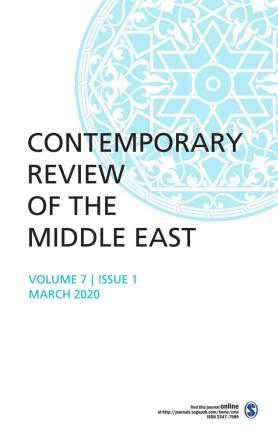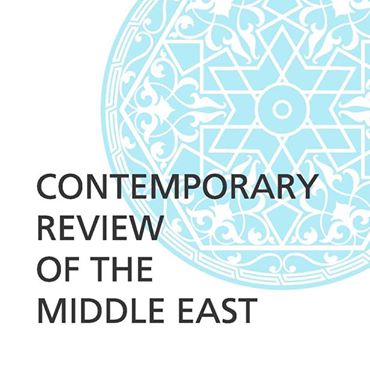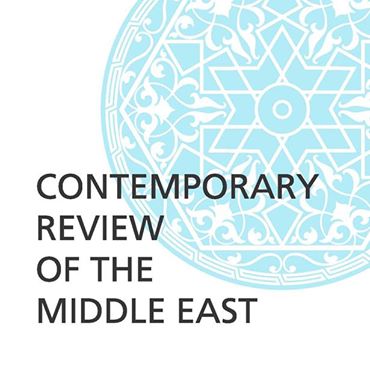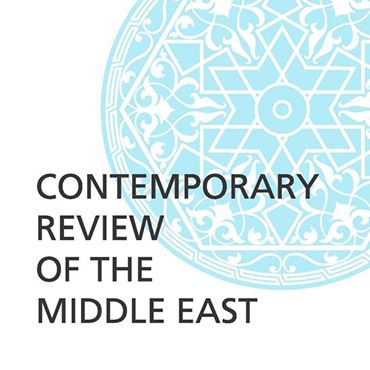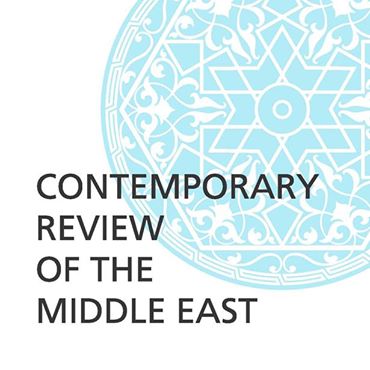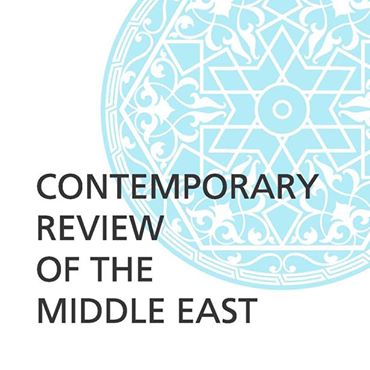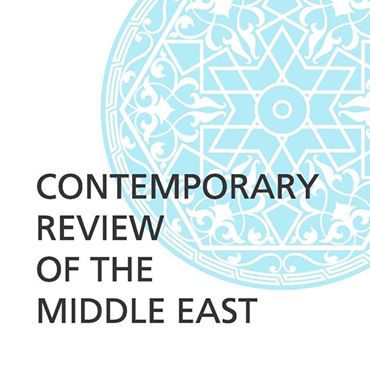Breaking
- MENU
Lorem Ipsum is simply dummy text of the printing and typesetting industry.
http://journals.sagepub.com/home/cme
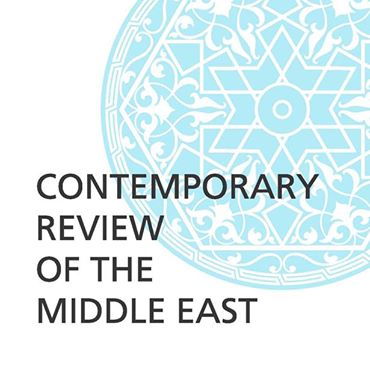
1) Dateline MEI By P.R. Kumaraswamy; pp. 1-2 Read More
2) Reframing India’s Palestine Policy By P.R. Kumaraswamy; pp. 3–17
Abstract: The traditional framing of India’s approach to the Palestine question is inadequate to explain the bourgeoning relations with Israel. Anti-colonialism through which Indian leaders and elites viewed the problem was important, but there are other issues, especially the religious dimension as manifested by the Congress–Muslim League rivalry, which influenced the Indian thinking. The prolonged depiction of the Indian position vis-à-vis Palestine through a moral prism became untenable in the wake of the normalization of relations with Israel in 1992 and hence it is essential to view the Palestine policy of India through a realist prism. Read More
3) Islamic State: Understanding the Nature of the Beast and Its Funding By Michaela Martin, Hussein Solomon; pp. 18–49
Abstract: The Islamic State (IS) took the global stage in June 2014 and since has become one of the greatest threats to international peace and security. While initially closely affiliated with Al-Qaeda, the IS has proved itself to be a distinct phenomenon of horror—more dangerous than Al-Qaeda. The group essentially established itself in the volatile Middle East, but has infiltrated many parts of the world with the aim of expanding Islam’s Holy War. What certainly makes the IS different from its predecessors is that the group has been labeled the wealthiest terrorist group in the world today. By the fall of 2015, IS generated an annual income of US$2.4 billion. The question for many analysts observing the situation in Syria is: where does the IS gets its money? The aim of this article is to critically observe the nature of IS and its funding requirements and the measures pursued in curtailing the group’s funding. Read More
4) Failure of Peace Talks between Turkey and the PKK: Victim of Traditional Turkish Policy or of Geopolitical Shifts in the Middle East? By Cemal Ozkahraman; pp. 50–66
Abstract: When the third set of peace negotiations between Kurdistan Workers’ Party (Partiya Karkerén Kurdistan, PKK) and the Turkish state were announced on March 21, 2013, there was a hope that they would lead to lasting peace in the Kurdish region of Turkey. However, these peace talks, like previous ones, failed. This article investigates whether traditional Turkish policy toward the Kurdish question impacted the peace process, and to what extent Kurdish autonomy in Syria and its increasing role in Middle East geopolitics contributed to the Turkish state’s unwillingness to pursue resolution for a lasting peace with the PKK. The article suggests that, in order to realize a lasting peace, skepticism must be diminished, and Turkey must consider its historical responsibility toward the Kurds. Read More
5) Economic, Political, and Strategic Issues in Iran–Turkey Relations, 2002–2015 By Mansoureh Ebrahimi, Kamaruzaman Yusoff, Mir Mohamadali Seyed Jalili; pp. 67–83
Abstract: This article assesses the effects in terms of economic, political, and cross-border relations between Iran and Turkey after the Adalet ve Kalkınma Partisi (AKP) came to power and examines how and to what extend Turkey intervened in several regional equations while balancing its Western advantages for its national benefit with a clear view toward achieving specific goals. Iran also reaped several positive outcomes even as regional tensions increased. The findings highlight that to manage Western strategic goals in its new international niche, Turkey optimized every potential opportunity for global bargaining to its benefit. Turkey’s relations with Iran were carefully balanced by its Western designs through the calculated applications of choices in various fields of Iran’s foreign policy. Read More
6) Post-2003 Iran–Iraq Cooperation in the Oil and Gas Sector: Initiatives, Challenges, and Future Scenarios By Sujata Ashwarya; pp. 84–118
Abstract: Iran–Iraq cooperation in the oil and gas sector took shape after the 2003 war as relations between the two countries improved with the assumption of power by a Shia-led government in Baghdad. The two Persian Gulf neighbours recognize the importance of joint or unitized development of cross-border oil fields and have taken preliminary initiatives to that end. Inter-state pipelines for energy export and import are binding them into a tight economic embrace, and combined backing for high oil prices as well as mutual support for raising production quota in the Organization of the Petroleum Exporting Countries (OPEC) speak of their similar imperatives for high revenue. However, Iran and Iraq continue to face challenges to their collaborative ventures, which stem from their historical rivalry over oil production and sales, persisting Iraqi suspicion of Iranian domination, absence of a hydrocarbon law in Iraq, and Iraq’s energy agreements with Iran that add to regional tensions with Baghdad’s Sunni neighbors. The road ahead is likely to see dynamic cooperation in areas that are less contentious, such as building of oil and gas pipelines, whereas the prickly issue of unitization of shared fields would take a backseat. Read More
7) Book Review: Joseph A. Kéchichian (2016). From Alliance to Union: Challenges Facing Gulf Cooperation Council States By Md. Muddassir Quamar; pp. 119–121 Read More
8) Book Review: Hamed Abdel-Samad (2016). Islamic Fascism By Premanand Mishra; pp. 121–124 Read More
http://journals.sagepub.com/home/cme
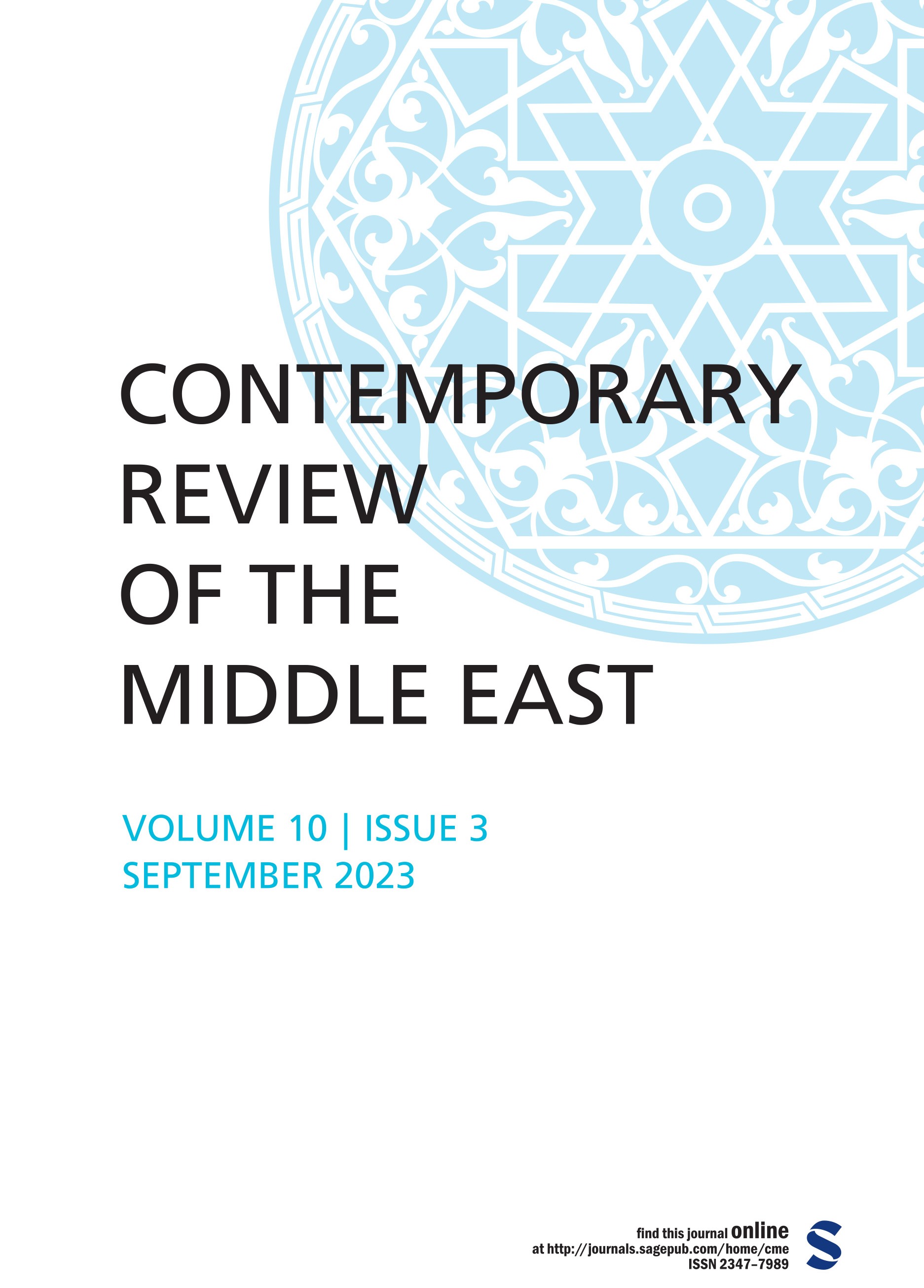
Invented Tradition as a Theoretical Approach Within Iranian Memory Studies: A Review Mohammad
Read More »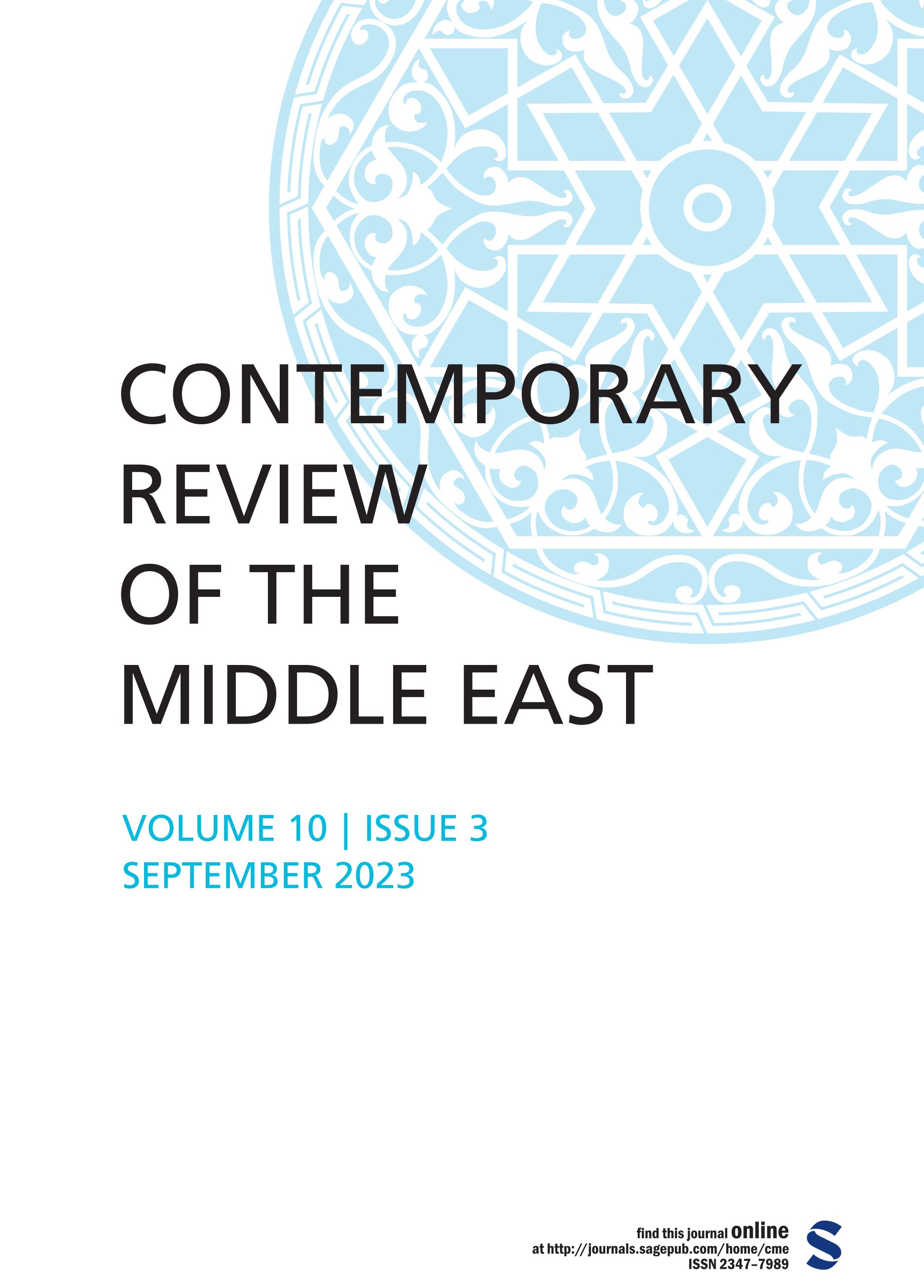
Neo-Ottoman Turk-Scape: Analyzing the Role of Dizis as Türkiye’s Soft Power Mohammad Reyaz and
Read More »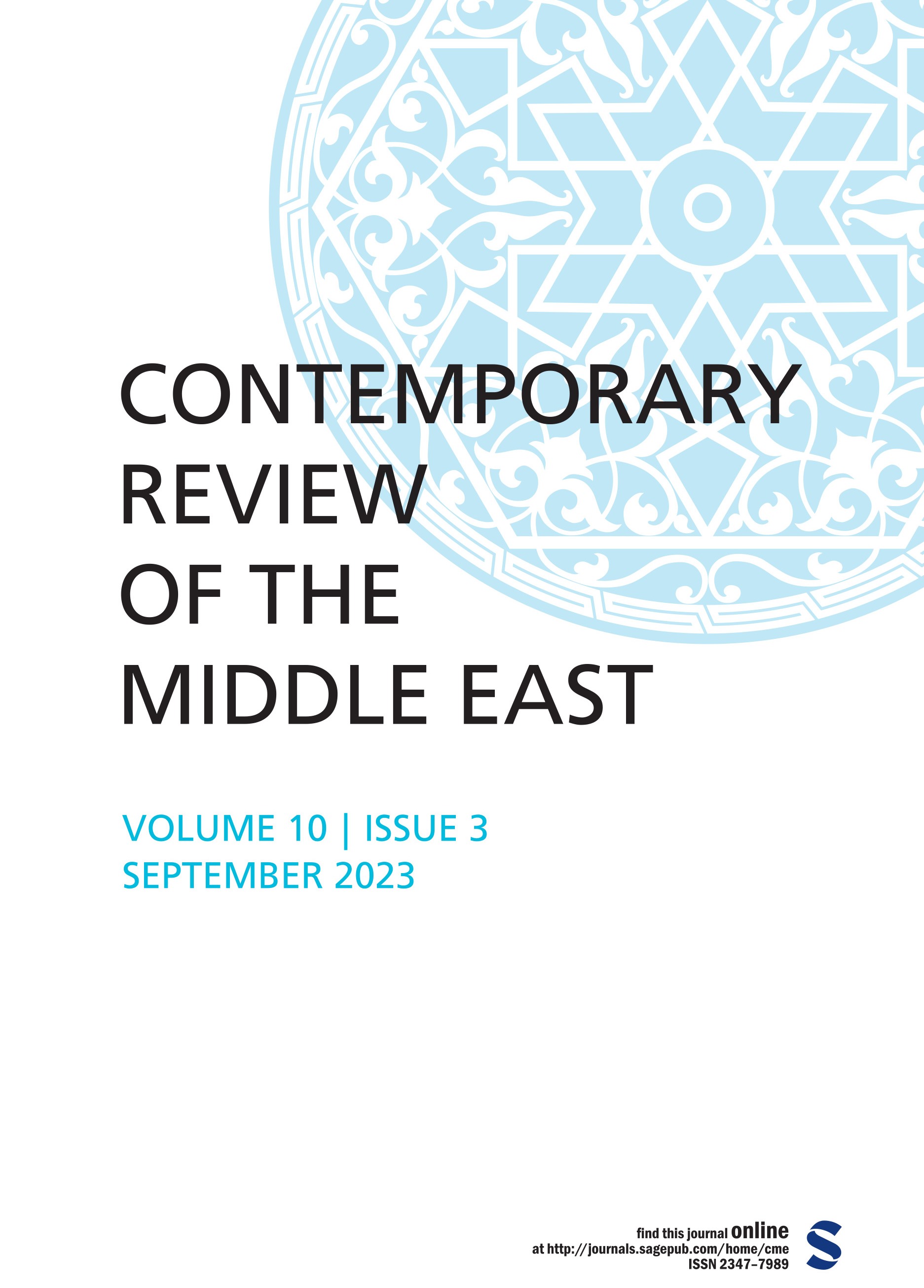
The Relations of Vietnam with the Middle East-North Africa Region: From a Divided State to an Important&
Read More »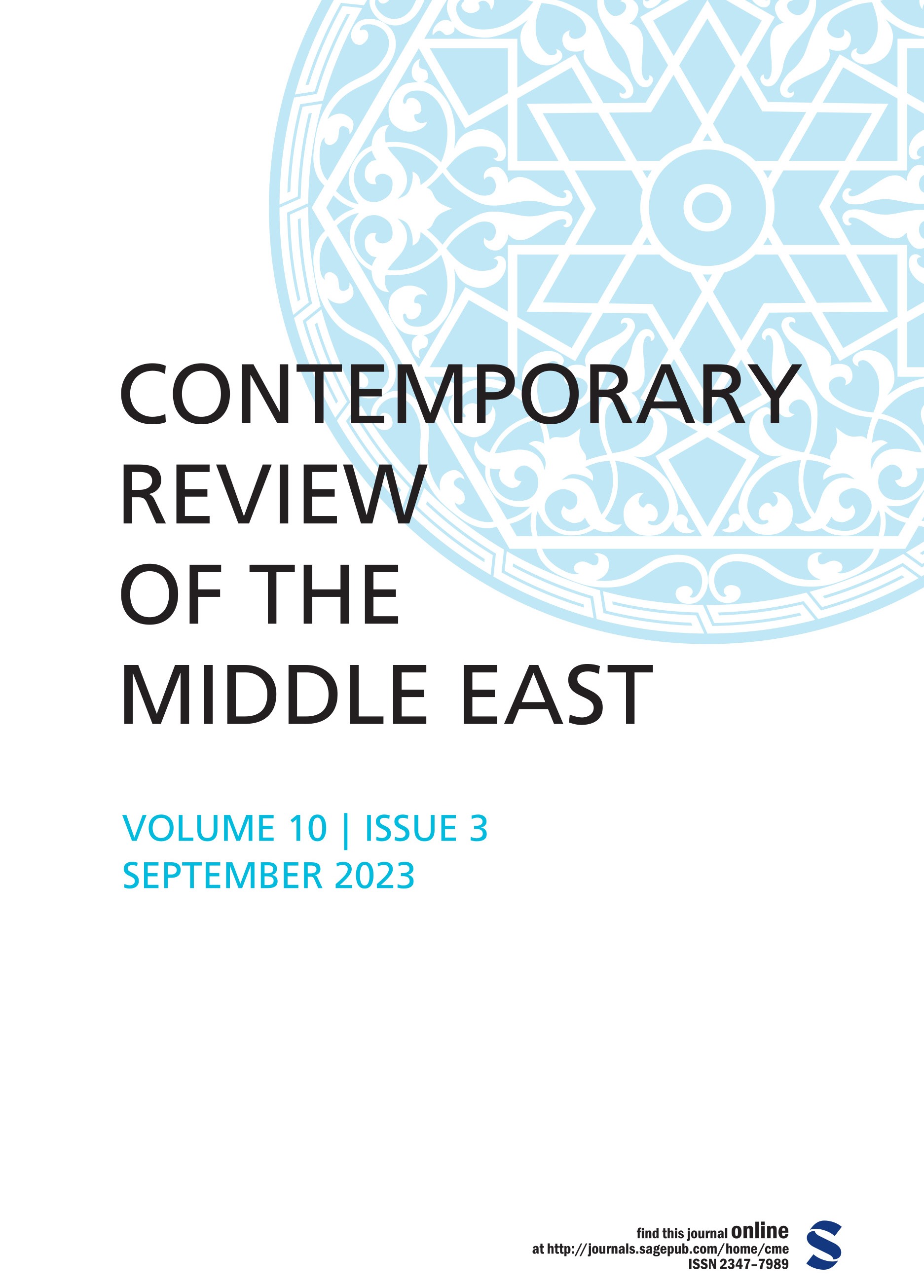
An Analysis of Yemen’s Geostrategic Significance and Saudi-Iranian Competition for Regional Hegemo
Read More »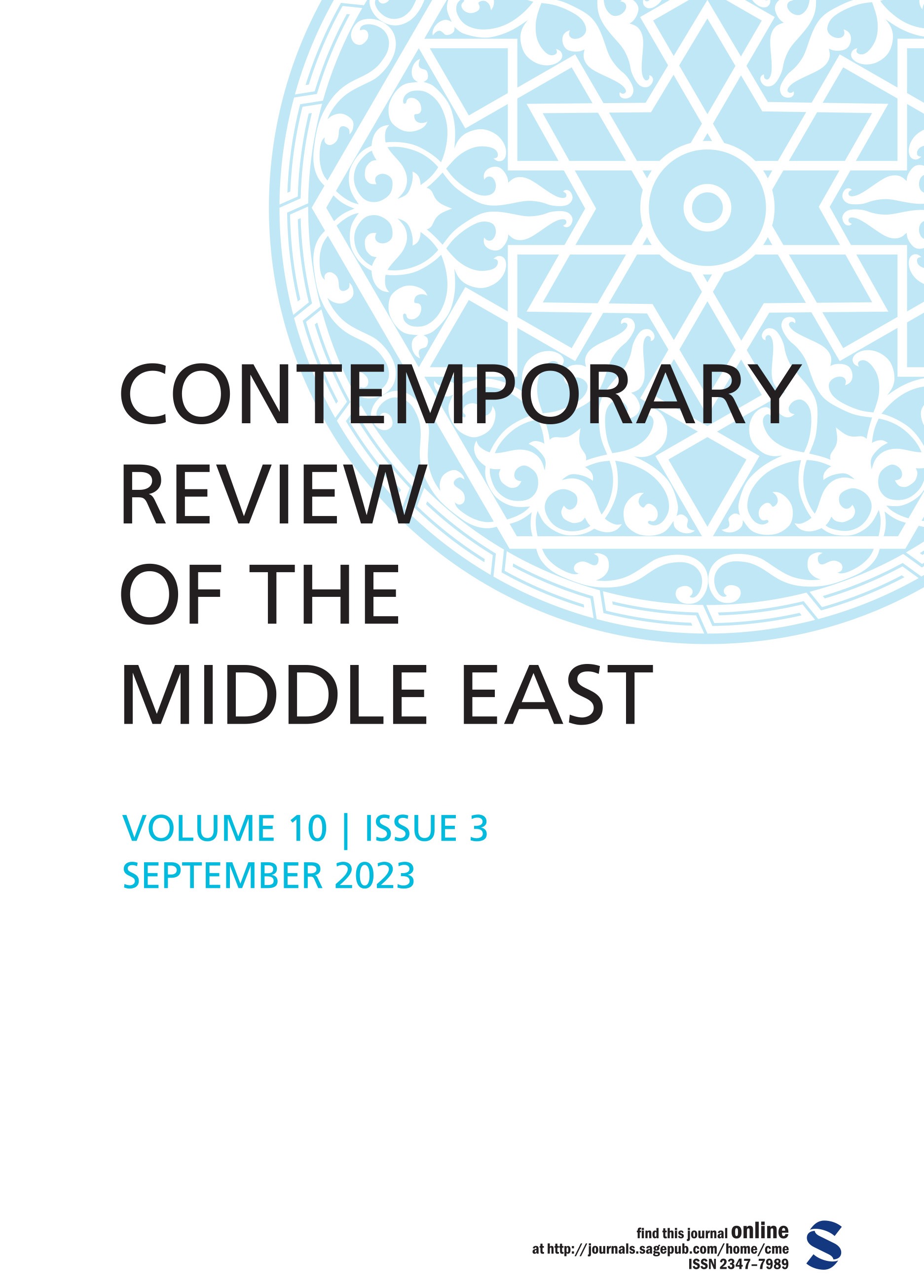
The National Reconciliation Process in Algeria During the Bouteflika’s Era: The Official Narrative Fa
Read More »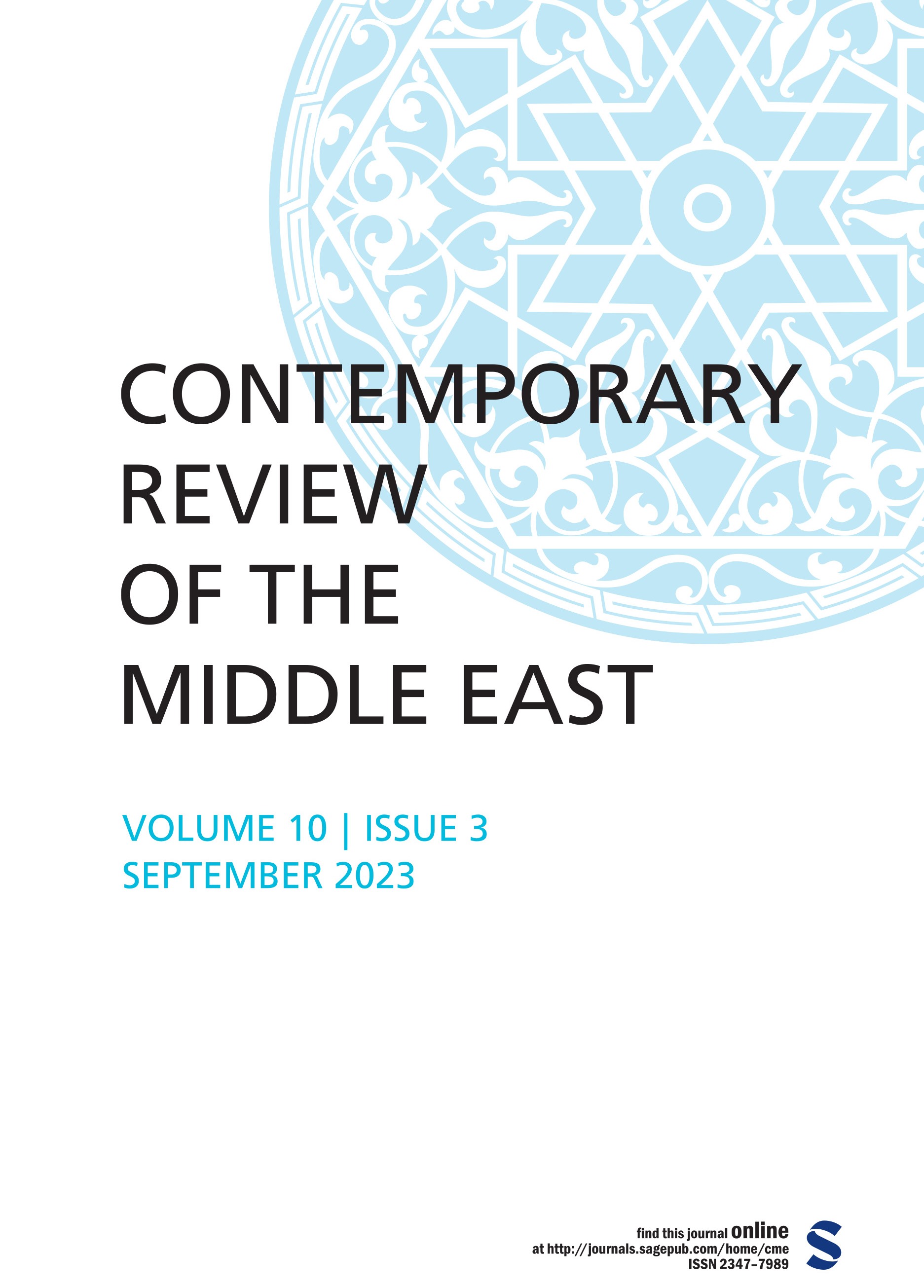
Dateline MEI When Netanyahu Rocks the Israel Boat, Nero Style P. R. Kumaraswamy For the text see: We
Read More ».jpg)
.jpg)
